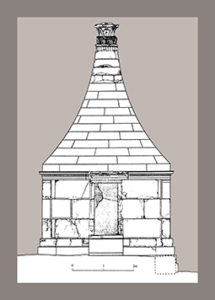Author: R. Sammartano
Download article as .pdf: Norme sulla tutela dell’ambiente nelle poleis greche di età pre-ellenistica
This paper offers a study of fifth- and fourth-century BC epigraphical and literary documents pertaining to what we may call ‘ancient ecology’. Even though documents are not many, there is proof of laws governing cleanness and decorum of Greek cities’ public space. From the evidence it is possible to state that city institutions intervened on this matter only in few and ‘exceptional’ cases, with the aim of preventing that some particular areas of the city, which were of primary importance for the community life, got dirty. Citizens were subject to fines, if they threw in public spaces (i.e. streets) animal and human waste, or craftwork activities’. In particular, inscriptions from Athens and Thasos show that rules on health and safety of streets, squares, and river water (like the Ilissus’ water) originated from religious exigences; these rules overlapped extant ritual norms that were issued to ensure cleanness and decorum of spaces intended for public cult or processional routes. There is just a case where a law was intended to solve controversies arousing between private citizens over the cleaning of the space in front of their houses. This kind of cleaning usually was duty of the landlord. This example comes from an inscription found at Gortyn, whose interpretation is however controversial.

